

Places of Interest
With its rich history and heritage, South Devon has some beautiful historical buildings that are open to the public; from castles and forts to manor houses and even pubs!
Dartmouth Castle
One of the most beautifully located fortresses in England. For over 600 years Dartmouth Castle has guarded the narrow entrance to the Dart Estuary and the busy, vibrant port of Dartmouth. It offers stunning views of the estuary and out to sea and a great family day out, whatever the weather.
There is plenty to do inside the castle and if the weather is fine, you can make it a full day out with a river boat trip from the town quay up to the castle, landing you a minute's walk away from the castle entrance. After you have explored the castle, you can visit a riverside tea room for light lunches and snacks. Walkers will love the coastal and woodland walks around the castle where you can spot plenty of wildlife and birds.
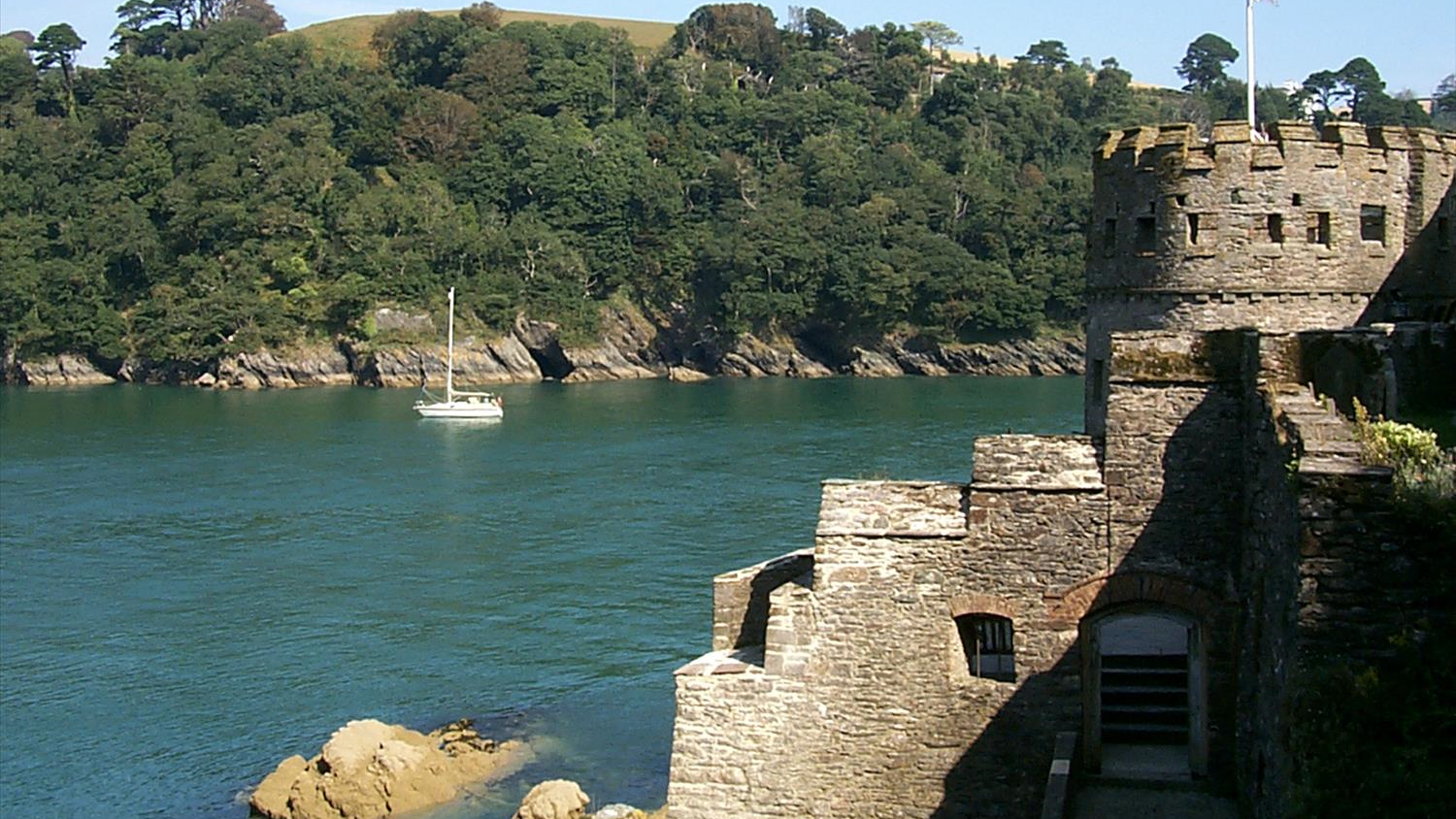
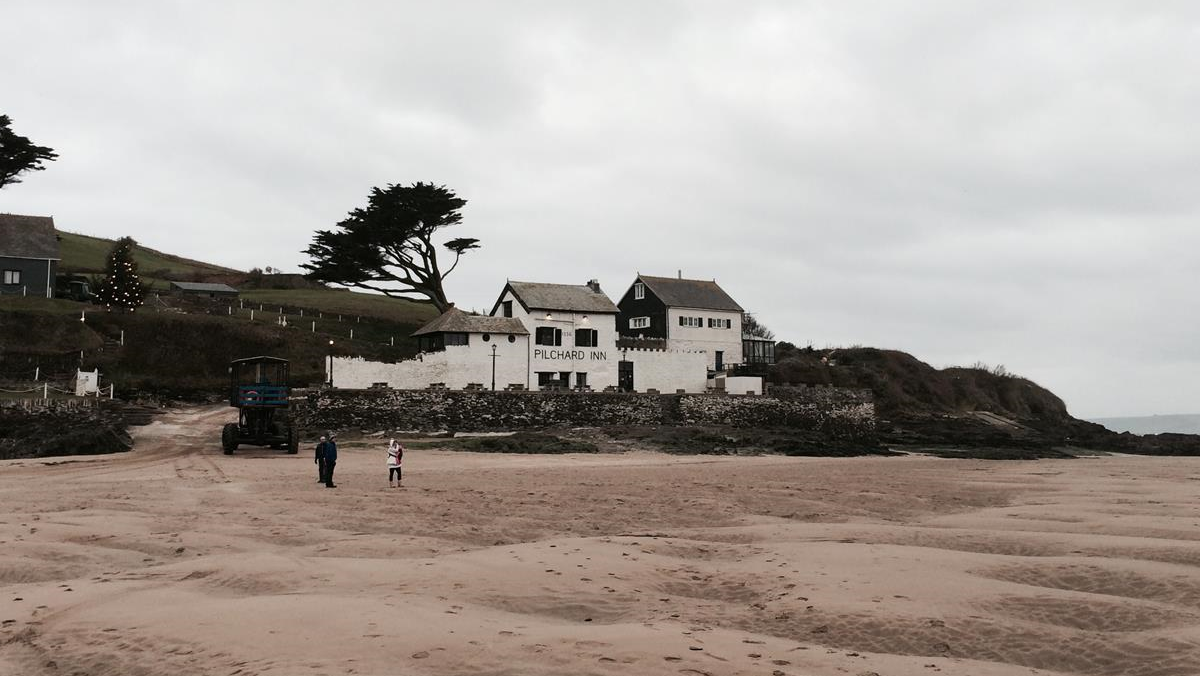
Built in 1336, The Pilchard Inn has been quenching the island’s thirst for over 700 years. The Inn first served the fishermen who lived on the Island and mainland shores; then the smugglers and wreckers who lured ships onto the Western rocks; and now hotel guests and the public. There is nowhere better to sit in front of a roaring fire and watch the tides ‘meet’ and ‘part’ while nursing a pint and a fresh crab baguette.
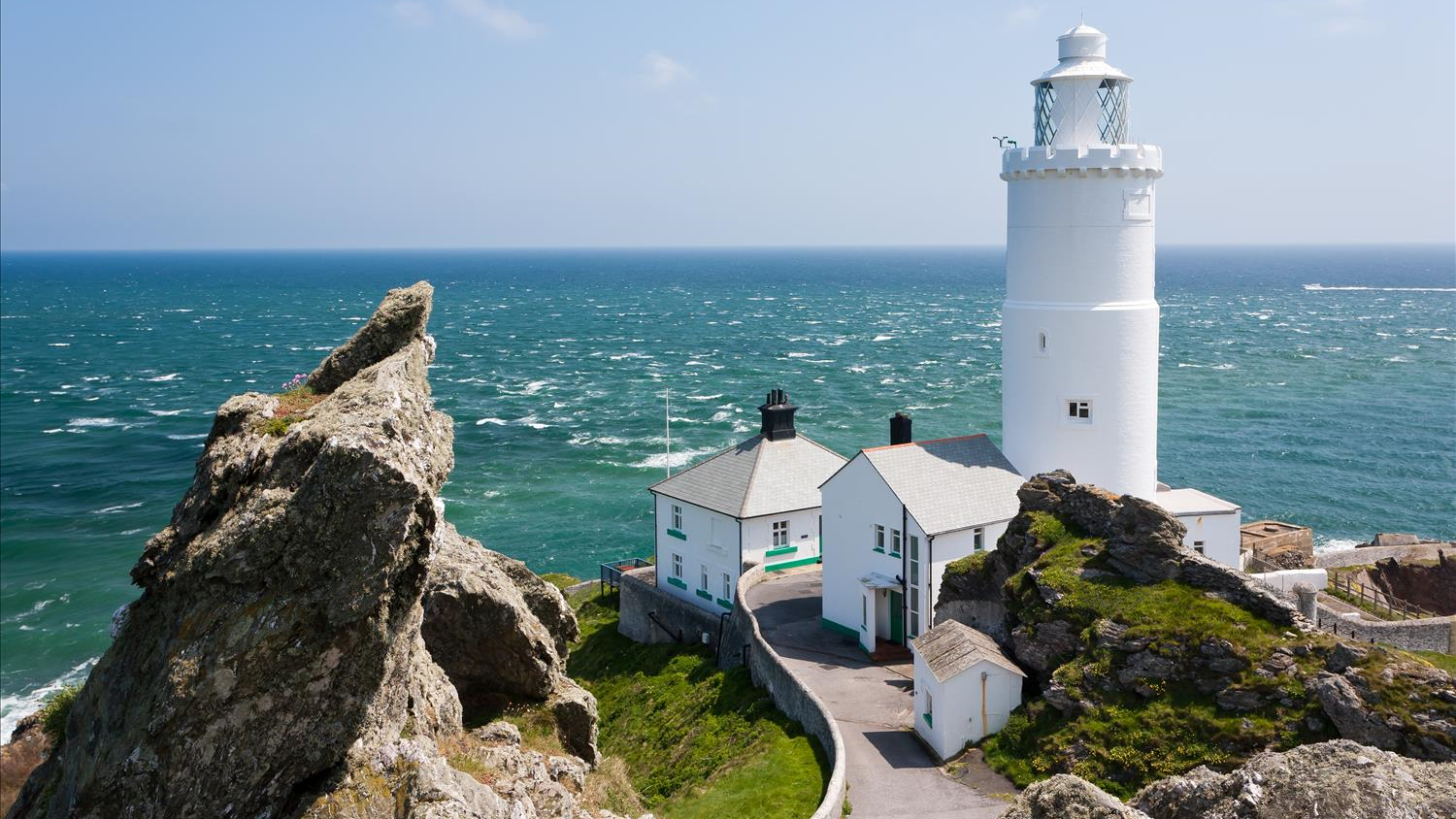
Start Point is a spectacular promontory in South Hams, south Devon on the most southerly headland in the county. It marks the western side of Start Bay which extends eastwards to the River Dart estuary. The name “Start” derives from an Anglo-Saxon word steort, meaning a tail. This word also appears in the names of birds with distinctive tails, like the redstart.
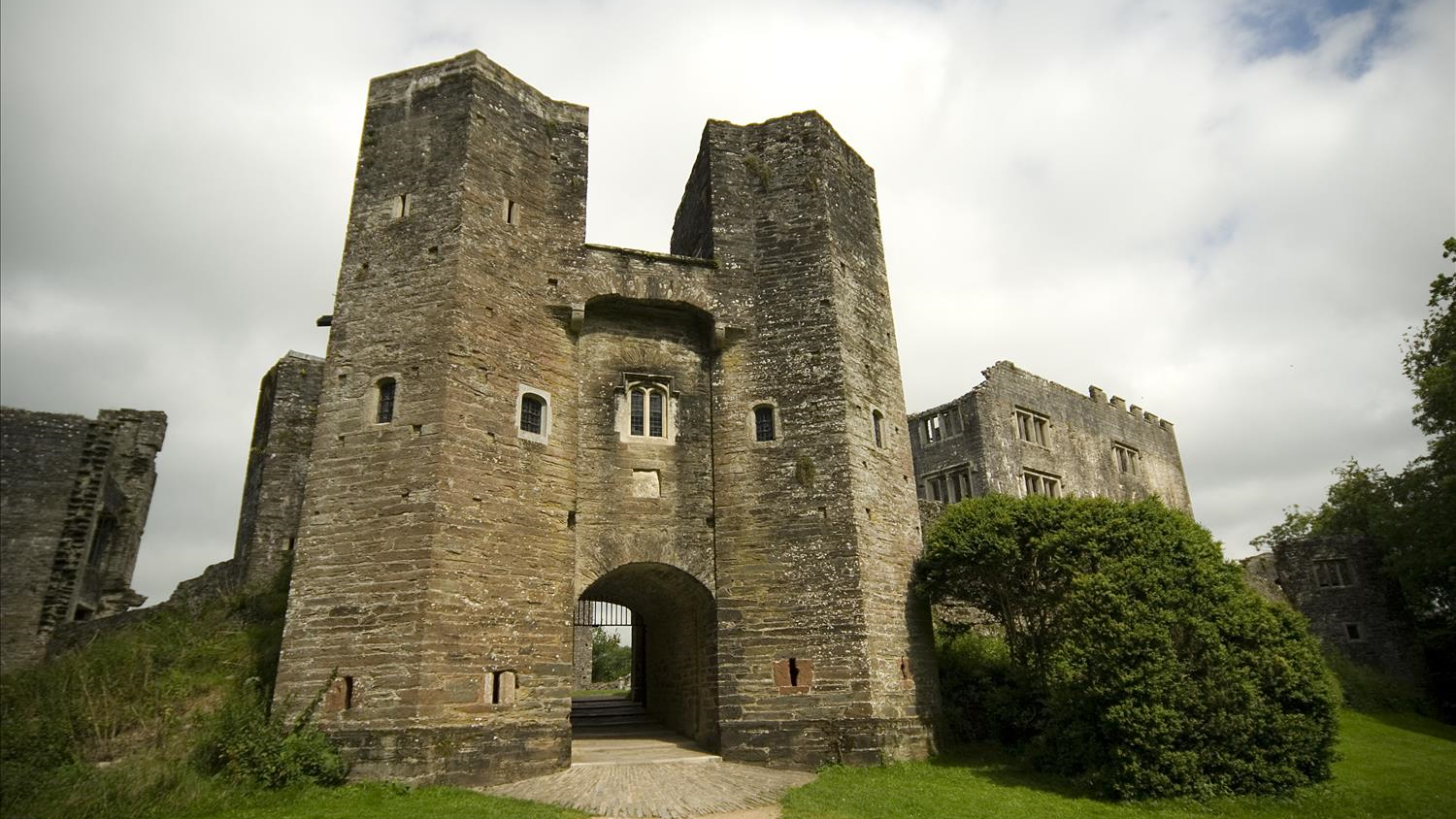
Tucked away in a steep wooded valley, Berry Pomeroy Castle is the perfect romantic ruin. Within the 15th century defences of the Pomeroy family castle, still displaying a wall painting of the Three Kings in its gatehouse chamber, looms the dramatic ruined shell of its successor, the great mansion of the Swymours.
Fisherman's Lookout
The small stone shelter at the top of Burgh island probably dates from the 18th century and was built as a lookout over Bigbury Bay. During the Pilchard season, the ‘huer’ would keep watch for the distinctive ripple across the water that indicated a shoal of pilchard or herrings approaching. He would cry out to alert the fishermen and then signal which direction the boats should take in order to net the catch.
Smeatons Tower
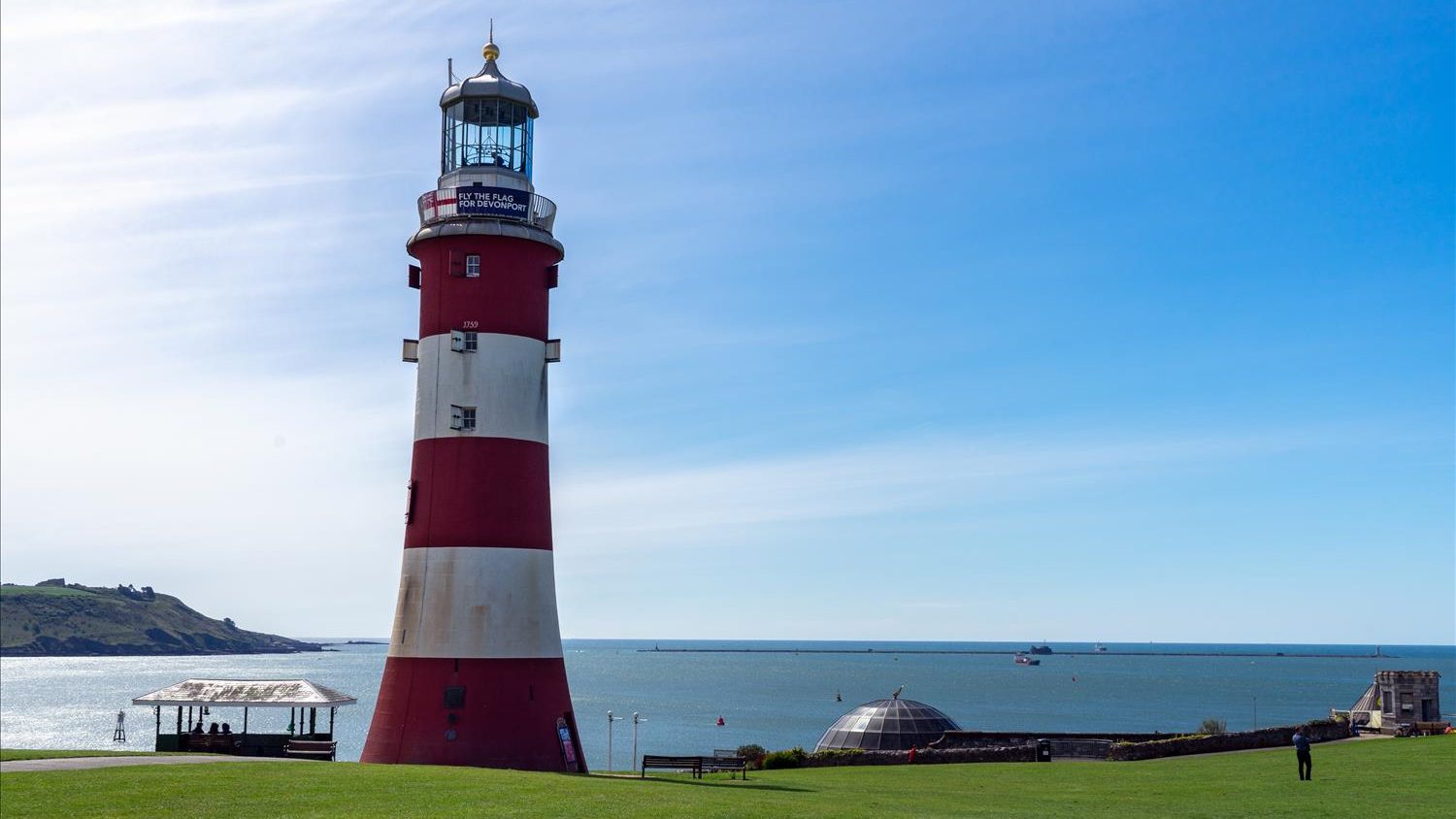
A centerpiece on Plymouth's Hoe, Smeaton's Tower has become one of the South West's most well-known landmarks. Now standing at 72 foot high, Smeaton's Tower offers fantastic views of Plymouth Sound and the city from its lantern room which, along with the rest of the building, has been painstakingly restored to its original glory.
Exercise Tiger Memorial
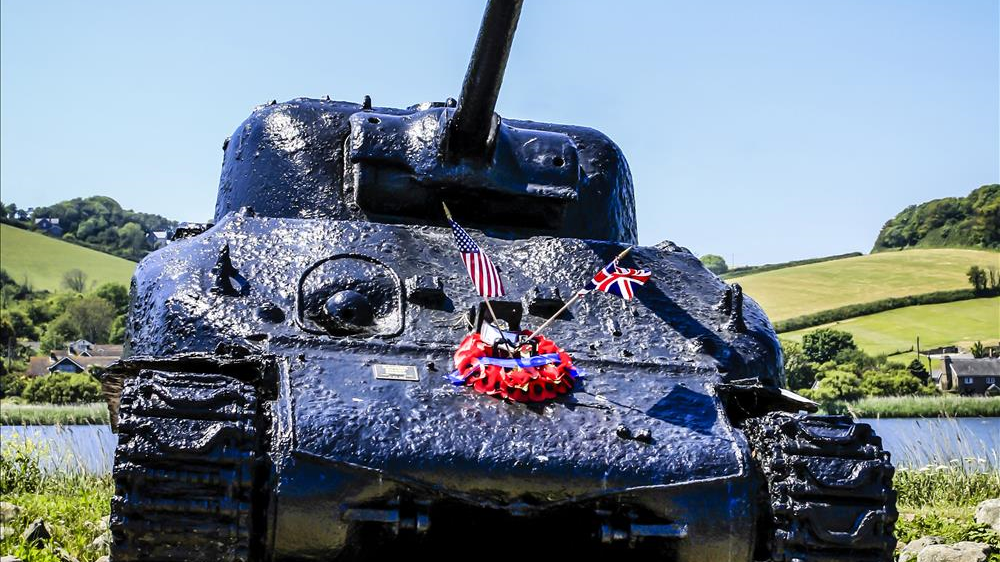
The Exercise proved to be the most costly training incident in terms of lives lost in the whole of World War Two. The similarity between the Start Bay area and the Normandy coast prompted the use of the area for several full-scale and live ammunition battle exercises. Slapton Sands was thought to be a perfect place for the Exercise Tiger operation to simulate practice landings for Utah Beach, France, as part of Operation Overlord on 6th June, 1944.
Bayard's Cove Fort
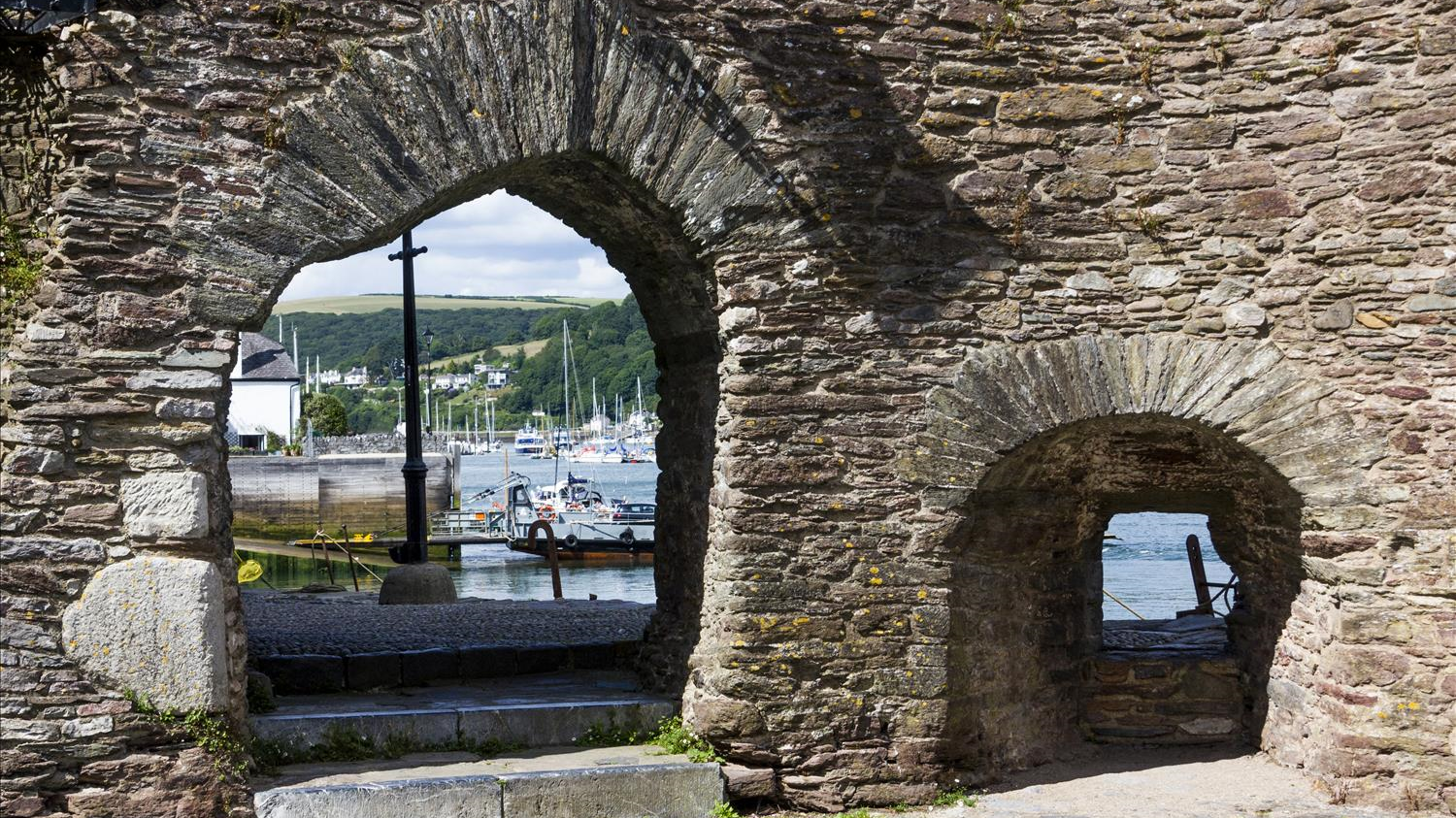
This Tudor fort, built by the borough of Dartmouth between 1522 and 1536, contained heavy guns to protect the prosperous harbour town from attack. It was the last line of defence against enemy ships that had eluded Dartmouth and Kingswear castles and the iron chain stretched across the Dart estuary between them. Occupying a terrace cut from the rocky river bank, Bayard’s Cove Fort is picturesquely sited at the entrance to Dartmouth harbour.